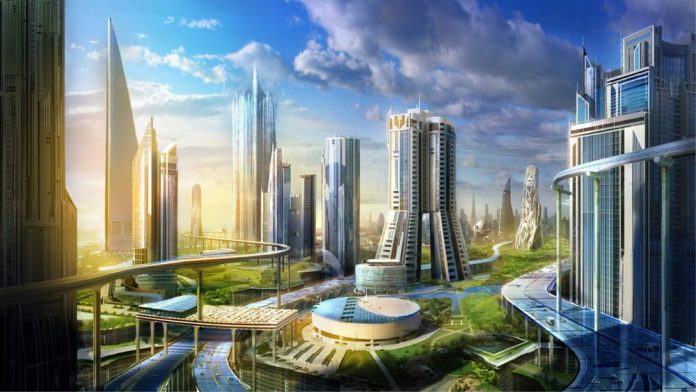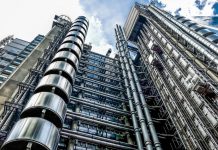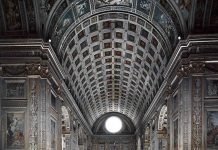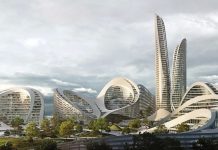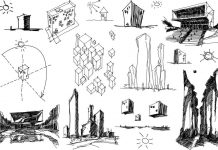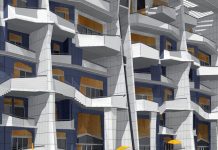The modern movement of project culture is characterized by two circumstances coming from different roots.
First, the imagination and diversity of interests of the current designers led to an interesting phenomenon: today no one can be shocked or even surprised by the idea of an architectural and environmental work. For all conceivable or unthinkable variants of possible solutions have already been named – from flying cities to underground or underwater shelters, from ice palaces to dens hypnotizing with their ugliness. And now the main artistic secret of the profession lies in the realization of the creative idea – only the concreteness of the reification of the idea creates the individuality of the image.
In other words, mastery is now hidden in the sphere of the ability to embody in the material, size, details, at worst – in a computer program – the unique “personal” features of environmental forms, which should either impress the audience with a riot of originality, or win her love with the content of the image. The latter is much more difficult and much less common, which is understandable – you need a lot more soul here. But both options absolutely need a professional foundation – a sense of form, scale, a sense of tectonics, horizons, an understanding of the properties of the material and the expressiveness of structures.
In a word, everything that the school teaches – where intuitively, where relying on empirical or scientific knowledge, or following tradition.
Secondly, now the formation of our environment comes from social and technical foundations, little similar to the exhausted positions of the past millennia. As the wonderful Japanese architect K. Kurokawa (1934) says:
“… in today’s society, it has become difficult to determine landmarks. We have too many different role models, and clinging to them has gone out of fashion. It seems to me that the future belongs to metabolism, i.e. to cities capable of expansion with indefinite forms. The ideal city of the XXI century is an open city that will never stop growing.
We need an open organization of social processes, not a master plan in the classical sense. We need a system that can flexibly respond to changes… And we need to tune in to this paradigm shift.”
But the development of a “system that can flexibly respond to changes” is a double-bottom problem: this requires project material worthy of generalization, and specialists who know how to do it. In other words, the project community needs to set this task very precisely – to find the contours of the future paradigm. Why should we name particularly vulnerable “pain points” of the current architectural and design reality – in order to know what to look for.
Among the innovations that have invaded the theory and practice of urban design with a radical restructuring of its material, technical and social base, some are directly related not only to the formation of the vital characteristics of a large city, but can also suggest ways to solve the problems of its appearance both in the near future and in the long term.
The first among them is the formation of the scale of urban interiors, which forms the foundation for building friendly and effective relations between the city and its residents.
The second is more controversial, because it considers the “ideological” ambitions of the designers themselves, who were clearly divided – according to their creative orientation – into different groupings. And the reverse side of the object-spatial world in which we will live depends on which of them will prevail.
The third set of problems is even bigger. This is an attempt to predict not particular features, but the whole complex of approaches to the formation of the urban environment – both compositional, and technically spatial, and emotionally imaginative, and moral and ethical, defining the relationships of people both among themselves and with the Universe embracing the human world. An attempt to understand how such different phenomena and forms merge in our consciousness into a single consistent picture. To present the design of the environment not as one of the aspects of improving the conditions of human existence, but as a universal tool for establishing human-nature relations. Even as a means of possibly managing these connections. And on this basis – to speculate on the specifics of the environmental shaping of the coming decades.
Of course, our analysis does not claim to be final or complete – only examples of touching the problem are considered here. Moreover, those that are aimed at understanding the internal concerns of architects and designers.


